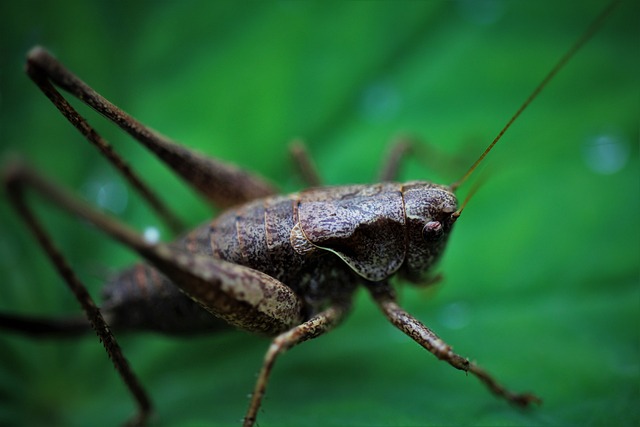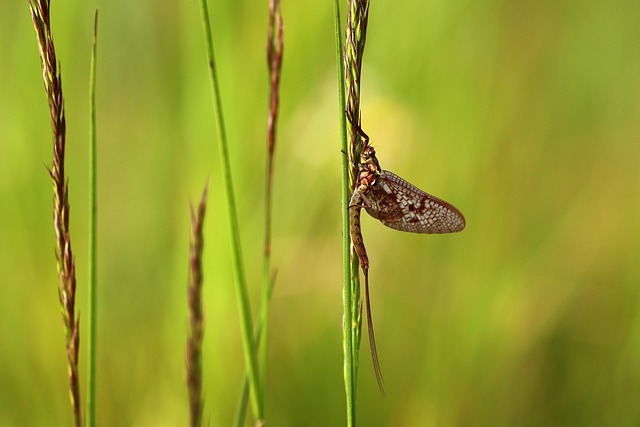Understanding spider behavior is key for effective pest control in Littleton homes. Common types include house spiders, black widows, and spider mites, each with distinct habits. To identify an infestation, look for visible webs, small holes, and tiny spiders or their waste. Regular inspections during autumn are crucial for early detection. Preventive measures involve sealing entry points, keeping homes clean, and removing webs. Prompt action and professional pest control maintenance plans ensure a Littleton home remains comfortable and free of spiders throughout the year.
Tired of sharing your Littleton home with unwanted spiders? Understanding these common pests is the first step towards reclaiming your space. This guide breaks down how to identify a spider infestation, delving into the behavior and types most often found in local homes. Learn about effective monthly pest control maintenance plans designed for comprehensive spider management. Additionally, discover practical tips for homeowners to prevent and control spider populations year-round.
- Understanding Spider Infestations: Common Types and Behavior in Littleton Homes
- Monthly Pest Control Maintenance Plan for Effective Spider Management
- Tips for Homeowners: Preventing and Controlling Spider Populations Year-Round
Understanding Spider Infestations: Common Types and Behavior in Littleton Homes

In Littleton homes, understanding spider infestations is key to effective pest control. Spiders are arachnids known for their silken webs and diverse species. Identifying a spider infestation early is crucial because spiders can quickly multiply, spinning intricate webs in corners, attics, and crawl spaces. Common types include house spiders, black widows, and spider mites, each with unique behaviors. House spiders, often found indoors, build webs in undisturbed areas. Black widows, though rare indoor invaders, are aggressive and prefer dark, secluded spots. Spider mites, microscopic creatures, weave fine webbing over surfaces and can cause damage to fabrics and plants.
To identify a spider infestation in your Littleton home, look for telltale signs such as visible webs, small holes in fabrics or walls, and the presence of tiny spiders or their waste products (silky powder). Regular inspections, especially in autumn when spiders seek warmer environments, help detect issues early. Understanding these behaviors equips homeowners with knowledge to implement preventive measures and recognize the need for professional pest control services if necessary.
Monthly Pest Control Maintenance Plan for Effective Spider Management

In the monthly pest control maintenance plan, addressing spider infestations is crucial for maintaining a comfortable and safe living environment in your Littleton home. The first step in effective spider management involves learning to identify signs of an infestation. Keep an eye out for small, webbed structures, often found in corners or along ceilings, which are telltale signs of spider activity. Additionally, look for tiny holes in fabrics or curtains, as spiders may be using these areas as entry points. Even the presence of individual spiders, especially during unusual times like daytime or early morning, could indicate an underlying issue that requires attention.
Regular inspections and proactive measures are key to successful spider control. As part of your monthly maintenance plan, allocate time for thorough checks around windowsills, doors, and any gaps in walls or ceilings where spiders might be hiding. Sealing these entry points with caulk or weatherstripping can prevent their return. Additionally, keeping your home clean and clutter-free reduces potential hiding spots, making it harder for spiders to establish a presence.
Tips for Homeowners: Preventing and Controlling Spider Populations Year-Round

Spider infestations can be unsettling, but with proactive measures, homeowners in Littleton can effectively prevent and control these arachnid visitors year-round. The first step is to understand how to identify a spider infestation. Look for webs, especially in corners, cracks, and dark spaces. Common signs include seeing live spiders or their droppings (small black spots) on walls, ceilings, or floors. Regularly inspect your home’s exterior, particularly areas with potential entry points like windows, doors, and vents.
To deter spiders, maintain a clean and clutter-free environment inside and out. Seal gaps and cracks in walls, foundations, and doors using caulk. Ensure proper ventilation in attics and crawl spaces. Remove webs promptly and consider natural repellents like citrus scents or essential oils. Regular pest control maintenance plans can also help. Professionals can identify entry points, apply treatments, and provide ongoing protection against spider infestations, ensuring your Littleton home remains comfortable and spider-free throughout the year.
A monthly pest control maintenance plan is an effective way to manage and prevent spider infestations in your Littleton home. By understanding the common types of spiders and their behaviors, you can quickly identify an issue using tips provided in this article. Implementing a proactive strategy through regular treatments will ensure your home remains free from these unwelcome guests year-round, giving you peace of mind and a safer living environment.
